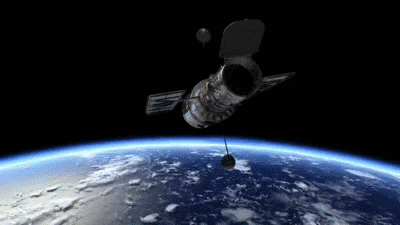

UCLA
Remote Sensing
Vegetation Change
Vegetation Change
Vegetation Change
METHODS
Here are the steps our team have developed in order to obtain night light change of Yemen from 2012 to 2016
DATA SOURCE
The Dec. 8th, 2016 and 2012 Geotiff satellite images were obtained from:
NASA Earth Observatory
Satellite:
Suomi National Polar-orbiting Partnership (Suomi NPP) nighttime sensor
Spatial Resolution: 500 m
Instrument: Visible Infrared Imaging Radiometer Suite (VIIRS); also known as DNB (day and night band). It is one of five instruments on Suomi NPP.
. . .
DNB Imagery is designed to capture low light emissions in the visible and infrared. The moon's illumination off of ice, snow, and other highly reflective services is used to study the ocean and terrestrial features.
DNB Imagery has been used for short-term weather prediction and disaster response communities. In terms of socioeconomic projects, DNB imagery has also been used to analyze human activity patterns such as population density,
tracking shipping and fishing vessels, flaring of waste natural gas.



Black Marble Imagery of all the continents on earth using Suomi NPP Satellite
METHOD
NIGHT LIGHT DETECTION MAP
These pictures are the steps that were used to create a map showing the gains and loss in night light from 2012 to 2016. Examine the photos from left to right to view the process.
Click on photos to enlarge and read the description.
The program used:
ENVI
ArcGIS


NIGHT LIGHT BAND ALGEBRA
These pictures are steps used to perform band algebra on the Yemen highlight data. To find out more what this data means, explore the "results" tab.
Read pictures from left to right to see the process to create the map and click photos to read description and enlarge photographs.
The programs used:














